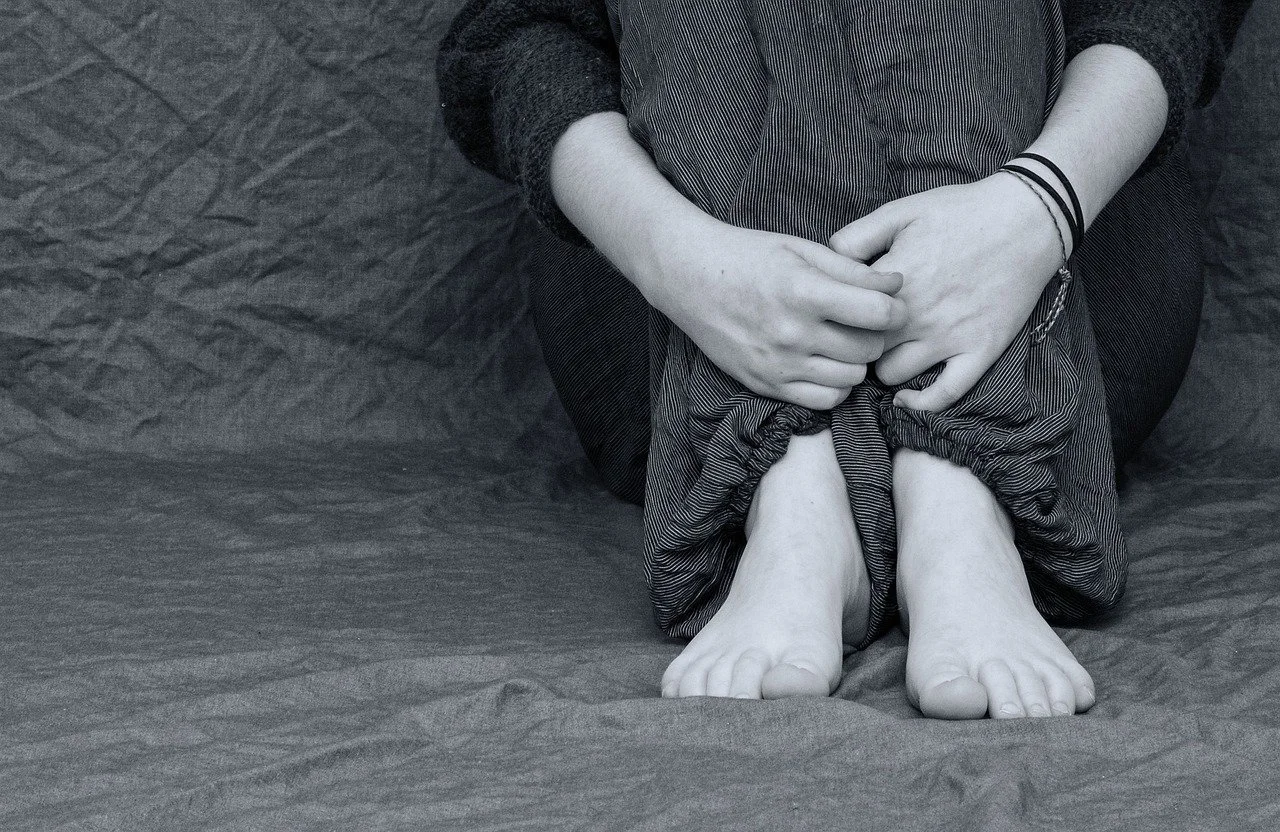When Abuse Victims Change Their Stories
Many domestic violence victims later change their stories, not because the abuse didn’t happen, but because fear, dependency, and emotional bonds make it feel safer to withdraw. Understanding this response helps protect victims and preserve evidence safely.
Notarizing a Document: In Person vs. Virtual
When it’s time to notarize important documents like the Evidentiary Abuse Affidavit (EAA), should you choose in-person or virtual? Learn the benefits, safety considerations, and best practices for both options.
Victims Beyond the Target
Abuse is never contained. It spreads across homes, families, friendships, workplaces, and communities. The target victim carries the heaviest burden, but they do not carry it alone. Everyone connected to the abuse, in large or small ways, bears its weight.
6 ThingsVictims of Abuse Expect on Their First Call for Help
For a victim of abuse, picking up the phone and calling the police is rarely a simple or impulsive decision. It's usually the result of countless sleepless nights, moments of fear, isolation, and the exhausting calculation of risk versus hope.
The Hidden Danger: Domestic Violence, Guns, and the Gaps That Kill
We’ve spent many years working with survivors, law enforcement, advocates, and legal experts to highlight how domestic abuse isn’t just a private matter, it’s a public safety crisis. One of the most deadly aspects of this crisis is the easy access abusers have to firearms, even when the law says they shouldn’t.
Strengthening the First Response
"Finding the courage to make that first call to law enforcement can be terrifying for a victim. They often don’t know what kind of help they’ll receive—or if it will truly apply to their unique situation. Too often, responders are simply ‘checking the box,’ offering generic suggestions that fail to address the specific needs of the case."
International Women’s Day: Empowering Women Through Awareness and Action
Every year on March 8th, the world comes together to celebrate International Women’s Day (IWD), a global event recognizing the social, economic, cultural, and political achievements of women. It’s also a powerful call to action for accelerating gender equality. At Document The Abuse, International Women’s Day holds profound significance, especially as we advocate for women’s rights in abusive relationships and work to provide them with resources to reclaim their lives.
How the Evidentiary Abuse Affidavit (EAA) Supports Legal and Law Enforcement Efforts
By bridging the gap between victim testimony and legal evidence, the EAA plays a critical role in ensuring that justice is served, even when victims are unable to testify.
How the EAA Applies in Crawford v. Washington and the Forfeiture by Wrongdoing Clause
In the landmark case of Crawford v. Washington (2004), the U.S. Supreme Court revolutionized the interpretation of the Sixth Amendment's Confrontation Clause, shifting the legal landscape regarding the admission of testimonial evidence in criminal trials. This ruling, alongside the Forfeiture by Wrongdoing Clause, has significant implications for the treatment of victims’ statements in abuse and domestic violence cases.








